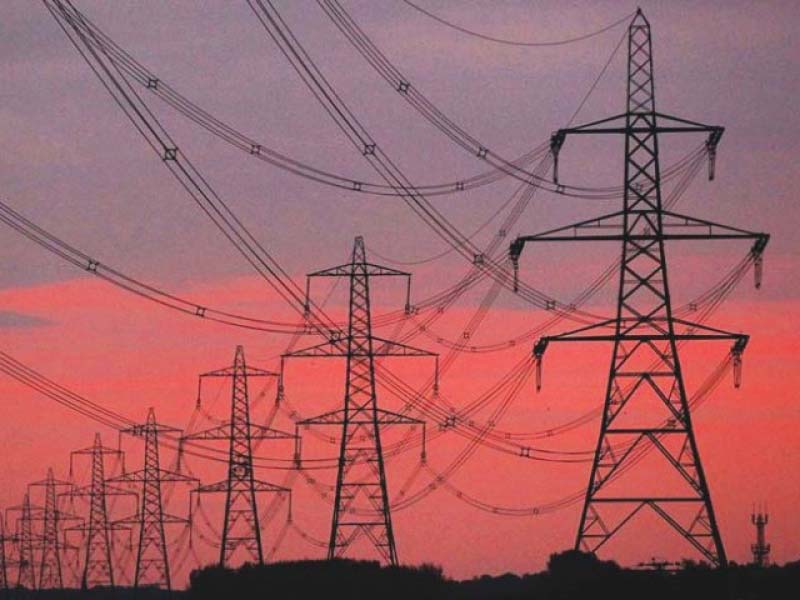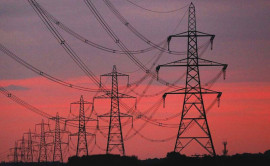
In a public hearing held on Thursday in response to a petition filed by the Central Power Purchasing Agency-Guarantee (CPPA-G), Nepra decided to provide tariff relief to the consumers. The hearing was chaired by Nepra Chairman Tariq Sadozai.
Consumers will get a refund of around Rs22 billion, which will be adjusted in next month’s electricity bills. This adjustment will be offered to the domestic consumers across Pakistan, except for K-Electric consumers. It will also not be applicable to domestic consumers that consume up to 300 units per month as they are already subsidised.
Power Division officials oppose K-Electric’s tariff review demand
The CPPA-G had requested a tariff reduction of Rs2.2051 per unit on account of lower fuel cost in power production. The Nepra chairman observed that gas should be provided to power plants having better efficiency, adding the government should give directives, in writing, for operating the plants with improved efficiency.
The hearing was told that electricity demand had dropped and as a result furnace oil consumption was stopped in power plants. Owing to a dip in electricity demand, there was enough gas for the power plants.
Sadozai pointed out that they did not have any objection to the consumption of furnace oil and the federal government had to decide about the use of oil in power plants.
The CPPA-G had filed the petition on behalf of state-owned power distribution companies. It said the consumers were charged a reference tariff of Rs7.3369 per unit in October 2017 against the actual cost of Rs5.1318 per unit, a difference of Rs2.2051.
The lower cost of power generation was primarily because of a decline in fuel prices, no use of furnace oil in power plants and higher contribution from the cheapest source - hydroelectric power.
In the past, the expensive high-speed diesel was consumed in power plants, which burdened consumers with additional billions of rupees. However, a major dip in power tariff came in the wake of no use of diesel in October 2017.
According to the CPPA-G, about 10,176.49 gigawatt-hours (GWh) of electricity was generated in October, of which 9,866.41 GWh were delivered to the distribution companies. Transmission and distribution losses stood at 2.59%. The share of hydroelectric power in the overall electricity production came in at 23.96% in October. Wind and solar plants, which had no fuel cost, contributed about 0.75% and 0.61% of energy respectively.
On K-Electric’s request, Power Division seeks tariff revision
The share of natural gas-based power generation was calculated at 18.31% at a cost of Rs4.63 per unit whereas liquefied natural gas (LNG)-based electricity contributed 14.67% at a rate of Rs7.85 per unit. Coal achieved a 6.75% share in overall energy generation with its fuel cost at Rs4.29 per unit.
The share of electricity imports from Iran came in at around 0.48% at a cost of Rs10.63 per unit. Earlier, Pakistan was importing 73 megawatts from Iran, which has now increased to 100MW.
According to the CPPA-G, the energy was generated at a total cost of Rs50.296 billion or Rs4.9424 per unit while power was supplied to the distribution companies for Rs50.63 billion or Rs5.1318 per unit.
Published in The Express Tribune, November 24th, 2017.
Like Business on Facebook, follow @TribuneBiz on Twitter to stay informed and join in the conversation.












































COMMENTS
Comments are moderated and generally will be posted if they are on-topic and not abusive.
For more information, please see our Comments FAQ